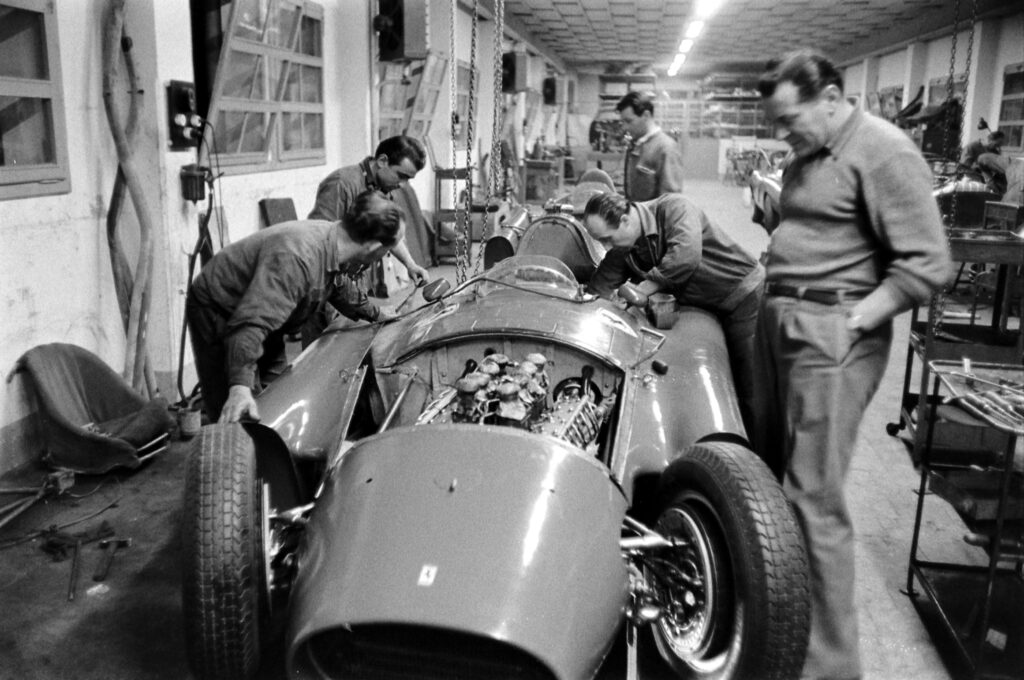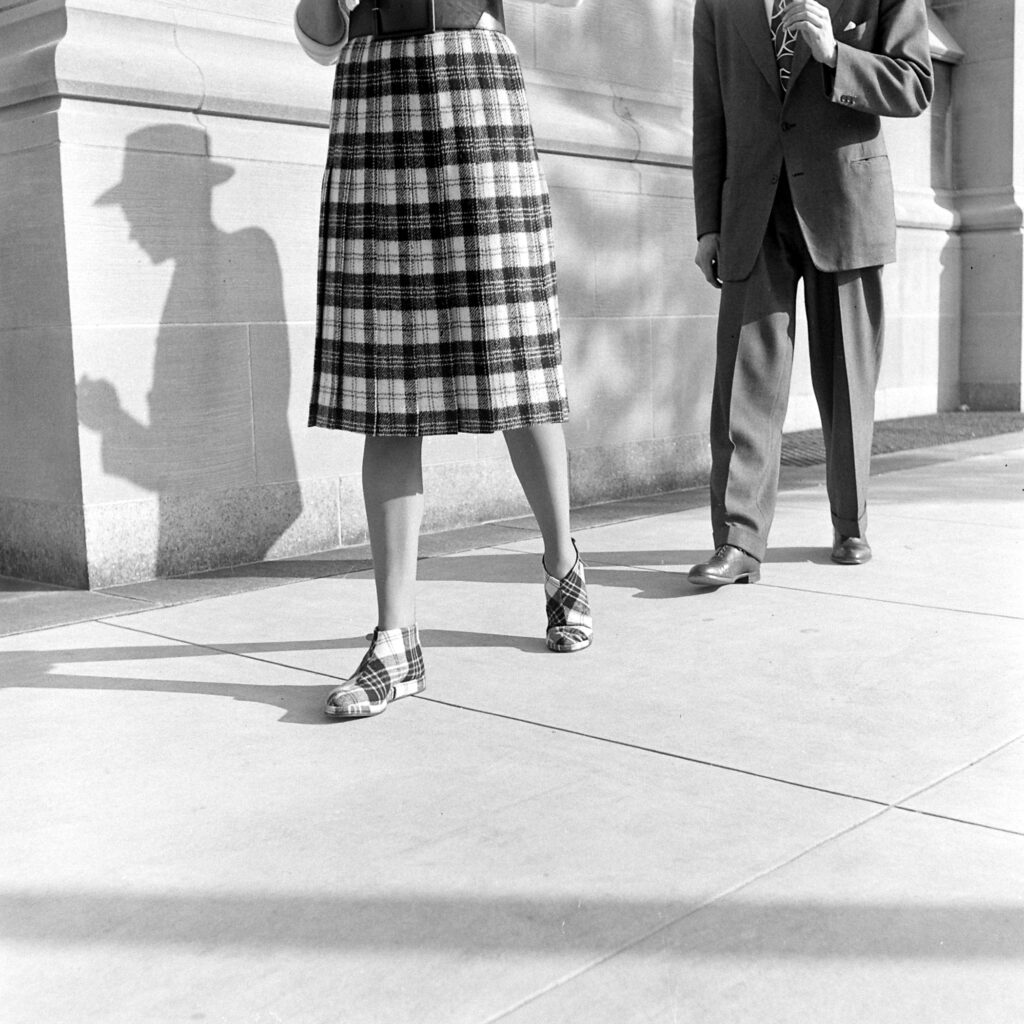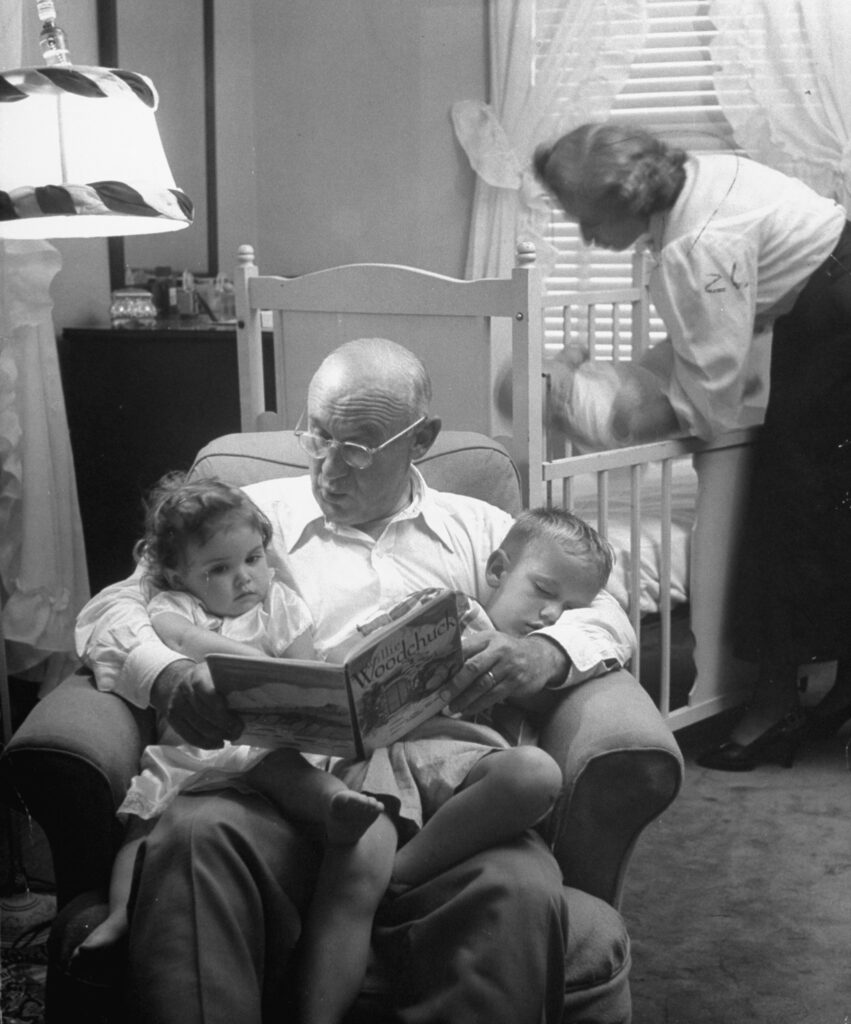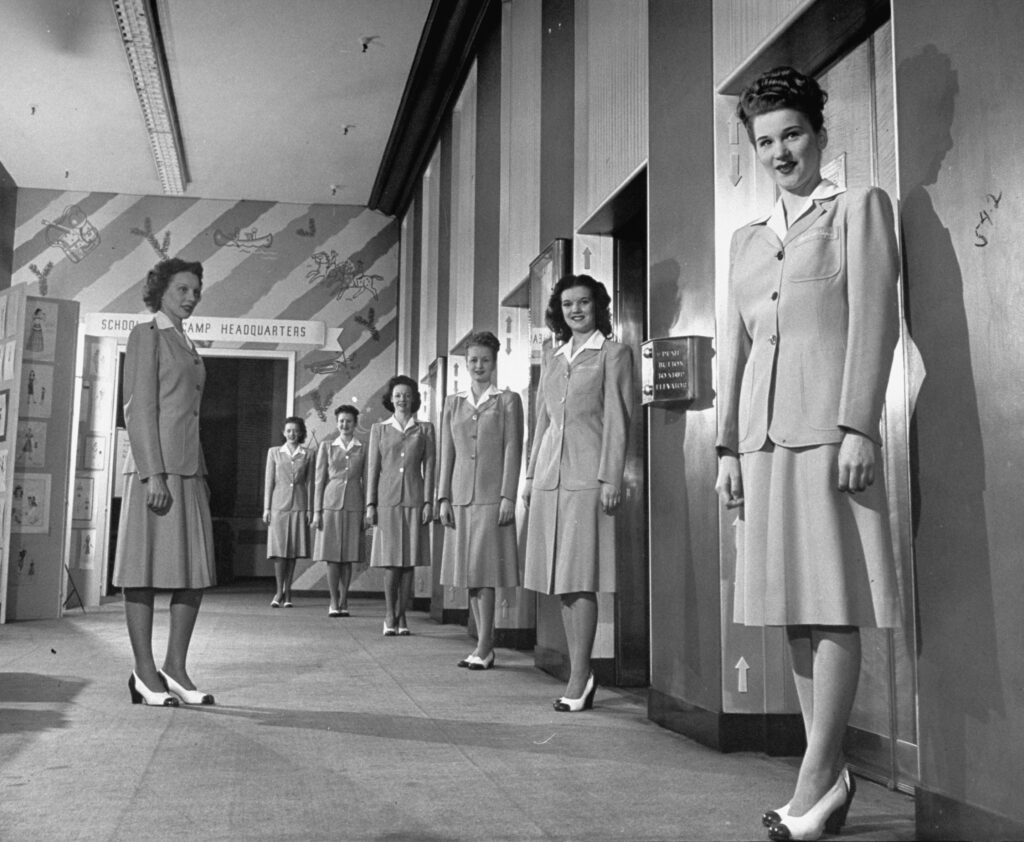In the spring of 1945, as Russian and German troops fought savagely, street by street for control of the German capital, it became increasingly clear that the Allies would win the war in Europe. Not long after the two-week battle for Berlin ended, 33-year-old LIFE photographer William Vandivert was on the scene, photographing the city’s devastated landscape and the eerie scene inside the bunker where Adolf Hitler spent the last months of his life; where he and Eva Braun were married; and where, just before war’s end, the two killed themselves on April 30.
Between August 1940 and March 1945 American, Royal Air Force and Soviet bombers launched more than 350 air strikes on Berlin; tens of thousands of civilians were killed, and countless buildings apartment buildings, government offices, military installations were obliterated. Vandivert, LIFE reported, “found almost every famous building [in Berlin] a shambles. In the center of town GIs could walk for blocks and see no living thing, hear nothing but the stillness of death, smell nothing but the stench of death.”
Hundreds of thousands perished in the Battle of Berlin—including untold numbers of civilian men, women and children—while countless more were left homeless amid the ruins. But it was two particular deaths, those of Hitler, 56, and Eva Braun, 33, in that sordid underground bunker on April 30, 1945, that signaled the true, final fall of the Third Reich.
Vandivert was the first Western photographer to gain access to Hitler’s Führerbunker, or “shelter for the leader,” after the fall of Berlin, and a handful of his pictures of the bunker and the ruined city were published in LIFE magazine in July 1945. A few of those images are republished here; most of the pictures in this gallery, however, never appeared in LIFE. Taken together, they illuminate the surreal, disturbing universe Vandivert encountered in the bunker itself, and in the streets of the vanquished city beyond the bunker’s walls.
In his typed notes to his editors in New York, Vandivert described in detail what he saw. For example, of the fourth slide in this gallery, he wrote: “Pix of [correspondents] looking at sofa where Hitler and Eva shot themselves. Note bloodstains on arm of soaf [sic] where Eva bled. She was seated at far end . . . Hitler sat in middle and fell forward, did not bleed on sofa. This is in Hitler’s sitting room.”
Remarkable stuff but, as it turns out, it’s probably only about half right. Most historians are now quite certain that Braun committed suicide by biting into a cyanide capsule, rather than by gunshot—meaning the bloodstains on the couch might well be Hitler’s, after all. On that late April afternoon in 1945, with his “Thousand-Year Reich” already in its death throes, Hitler shot himself in the temple.

Oberwallstrasse, in central Berlin, saw some of the most vicious fighting between German and Soviet troops in the spring of 1945.
William Vandivert/ Life Pictures/Shutterstock

A new view of a photograph that appeared, heavily cropped, in LIFE, picturing Hitler’s bunker, partially burned by retreating German troops and stripped of valuables by invading Russians.
William Vandivert/ Life Pictures/Shutterstock

In typed notes that William Vandivert sent to LIFE’s New York offices after getting to Berlin, he described his intense, harried visit to Hitler’s bunker: “These pix were made in the dark with only candle for illumination … Our small party of four beat all rest of mob who came down about forty minutes after we got there.” Above: A 16th century painting reportedly stolen from a Milan museum.
William Vandivert/Life Pictures/Shutterstock

With only candles to light their way, war correspondents examined a couch stained with blood (see the dark patch on the arm of the sofa) located inside Hitler’s bunker.
William Vandivert/Life Pictures/Shutterstock

Abandoned furniture and debris inside Adolf Hitler’s bunker, Berlin, 1945.
William Vandivert/Life Pictures/Shutterstock

Papers (mostly news reports dated April 29, the day before Hitler and Eva Bruan killed themselves) inside Hitler’s bunker, Berlin, 1945.
William Vandivert/Life Pictures/Shutterstock

A Russian soldier stood in Adolf Hitler’s bunker, Berlin, 1945.
William Vandivert/Life Pictures/Shutterstock

A desk inside Adolf Hitler’s bunker, Berlin, 1945.
William Vandivert/Life Pictures/Shutterstock

An SS officer’s cap, with the infamous death’s-head skull emblem barely visible.
William Vandivert/Life Pictures/Shutterstock

A ruined, empty and likely looted safe inside Hitler’s bunker.
William Vandivert/Life Pictures/Shutterstock

LIFE correspondent Percy Knauth, left, sifted through debris in the shallow trench in the garden of the Reich Chancellery where, Knauth was told, the bodies of Hitler and Eva Braun were burned after their suicides.
William Vandivert/Life Pictures/Shutterstock

In the garden of the Reich Chancellery, Berlin, 1945.
William Vandivert/Life Pictures/Shutterstock

A bullet-riddled sentry pillbox outside Hitler’s bunker, Berlin, 1945.
William Vandivert/Life Pictures/Shutterstock

An unidentified hand on the destroyed hinge of the door to Hitler’s bunker, burned off by advancing Russian combat engineers, Berlin, 1945.
William Vandivert/Life Pictures/Shutterstock

Empty gasoline cans, reportedly used by SS troops to burn the bodies of Hitler and Eva Braun after their suicides in the bunker, Berlin, 1945.
William Vandivert/Life Pictures/Shutterstock

Russian soldiers and a civilian struggled to move a large bronze Nazi Party eagle that once loomed over a doorway of the Reich Chancellery, Berlin, 1945.
William Vandivert/Life Pictures/Shutterstock

An American soldier, PFC Douglas Page, offered a mocking Nazi salute inside the bombed-out ruins of the Berliner Sportspalast, or Sport Palace. The venue, destroyed during an Allied bombing raid in January 1944, was where the Third Reich often held political rallies.
William Vandivert/Life Pictures/Shutterstock

At the Reichstag, evidence of a practice common throughout the centuries: soldiers scrawling graffiti to honor fallen comrades, insult the vanquished or simply announce, I was here. I survived. Berlin, 1945.
William Vandivert/Life Pictures/Shutterstock

A crushed globe and a bust of Hitler amid rubble outside the ruined Reich Chancellery.
William Vandivert/Life Pictures/Shutterstock

William Vandivert/Life Pictures/Shutterstock


































































